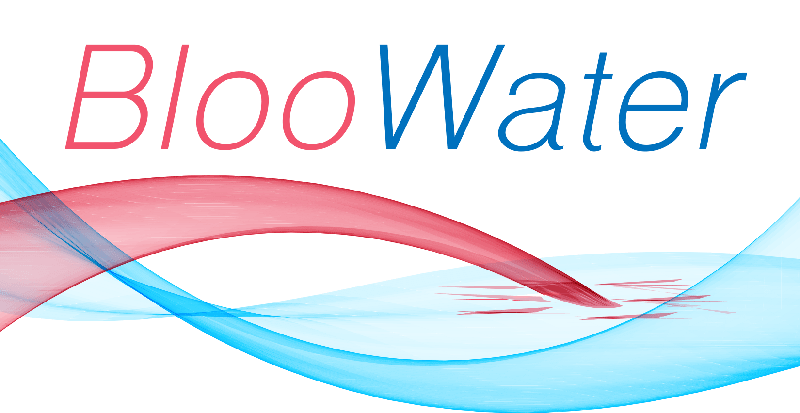Bloowater researchers back on the field
With winter season approaching, the Bloowater sampling campaign starts again in lake Albano (Italy).
After the outbreak of the Covid-19 pandemic in March and the following restrictions imposed by the sanitary emergency, the water sampling and analysis activities in the Italian lake were suddenly interrupted before it was possible to acquire additional data for harmful algal bloom monitoring.
Now, the ENEA researchers take the field again to be engaged in sampling throughout the winter and up to early spring, the period in which the harmful algal blooms are likely to occur.
A team from the Energy Technologies Department of ENEA will join in this new campaign, making available and flying a drone to extensively monitor the lake.
The drone is equipped with a camera with RGB filter (MAPIR Survey 3N) kindly supplied by Roma Tre University. This filter captures light just as our eyes do in the visible wavelengths, the same ones in which light is also absorbed by the photosynthetic pigments present in algae. The camera can thus acquire color images to repeatedly map wide portions of the lake surface.
The georeferenced images captured with a resolution of 12 megapixel, will be analyzed with the aim of implementing a monitoring system based on the integration of satellite images, images from drones and data from analysis of water samples.
In Lazio, waters of Lake Albano, and those of the Vico and Nemi lakes, are subject to periodic blooms of Planktothrix rubescens, as highlighted in numerous studies by the Italian National Institute of Health (ISS).
Currently 12 regions out of 20 in Italy are affected by cyanotoxic blooms caused by Microcystis aeruginosa, Planktothrix rubescens, Anabaena flos-aquae and other species of cyanobacteria producing toxins. During the stages of senescence and death, cyanobacteria can release toxic substances into the water, the cyanotoxins, that may have severe negative effects on human health. Man and domestic animals can come into contact with cyanotoxins through drinking water, fish products for human nutrition and recreational activities.

